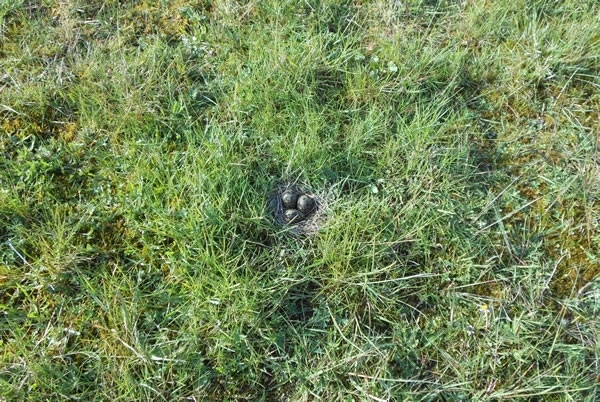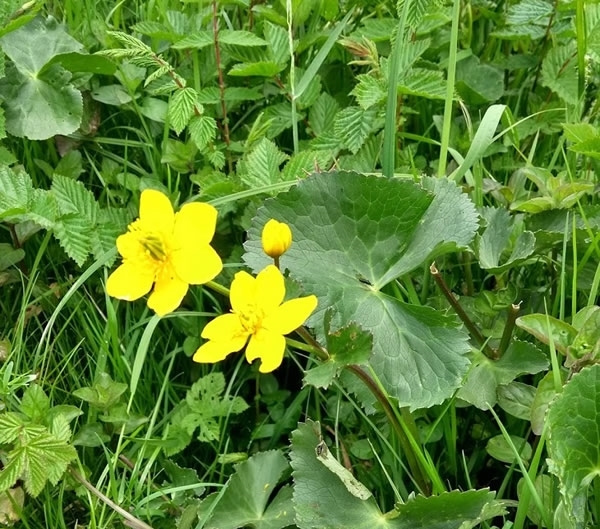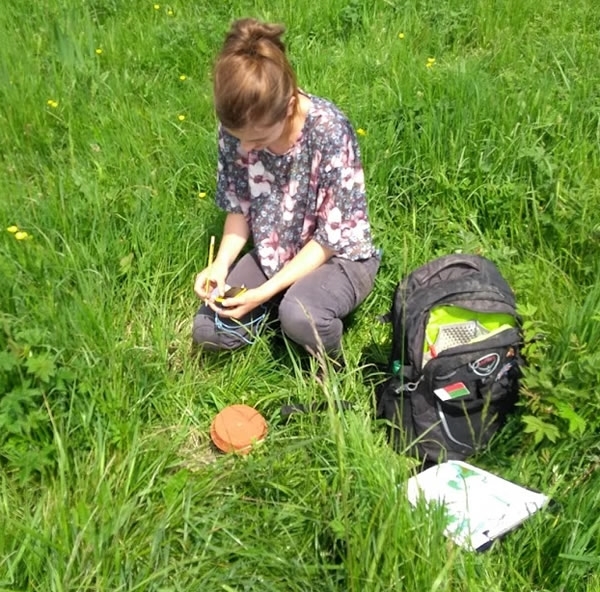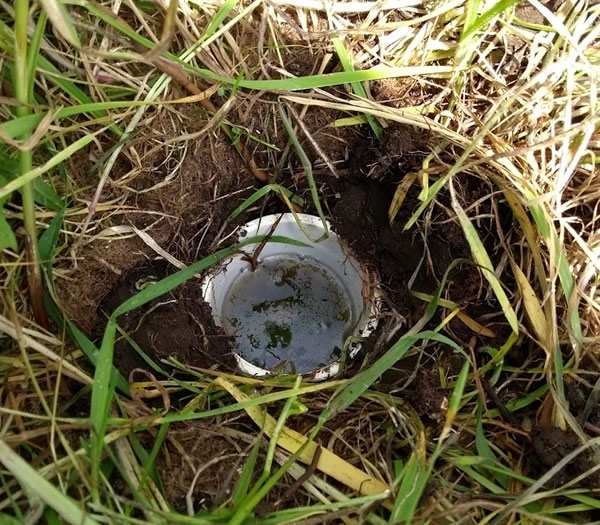By Clive Bealey, Ecologist, Waders For Real
Every spring when myself and the rest of the LIFE Waders for Real team get out in to the wet meadows; the diversity of management and associated vegetation astounds me. Just like most river valleys, we have our fair share of agriculturally improved grassland but retain a good proportion of semi-improved and species-rich unimproved areas. This scale of unimproved to improved, stems from the level to which they have been affected by intensive agriculture such as heavy grazing, drainage, reseeding and chemical inputs, which is driven by the demands placed on each farmer and their meadows over-time.
In our project we are always asking, what is best for breeding waders? We know lapwing generally prefer to nest in relatively unimproved grasslands with bare patches and grazing. Nearby wet features, are also important as these are favoured feeding areas for both adults and chicks and hence, we have created a lot of wet ditches and scrapes. However, we know much less about how successful birds are in different wet meadow vegetation types, for example whether chick survival is higher on less improved meadows.
 A mix of rough vegetation and bare areas in a field makes the nests more camouflaged. Lapwing rely on this crypsis to protect their nests.
A mix of rough vegetation and bare areas in a field makes the nests more camouflaged. Lapwing rely on this crypsis to protect their nests.
So what are we doing other than walking around enjoying the lovely summer sun (being an ecologist is such a tough life…)? Firstly, fields across our study area were chosen as representing a variety of vegetation types and management (such as having an annual hay-cut or just grazed) and representing a range of wader breeding abundance.
On these fields, detailed vegetation data have been gathered from samples at fixed locations. These can then be resurveyed over the life of the project and beyond, to see how the vegetation is changing under different management. In addition, the data gathered from these plots have enabled us to classify the vegetation in terms of community types, and put these communities in to a national conservation context.
Additionally, on these fields and an extra number of sample fields, a less intensive survey has been carried out to look at the ‘quality’ of the vegetation. This uses the presence of positive indicator species (such as Marsh Marigold and Meadow Sweet), and negative indicators (such as docks and large sedges) to calculate a ‘quality index’ of importance. Those fields with a high-quality index will be of SSSI quality, while those with a low index will indicate high levels of agricultural improvement.

Good indicators species like Marsh Marigold, with its bright yellow flowers and dark, kidney shaped shiny leaves and Meadow Sweet with long-stalked feather-like leaves and dark stems.
This year Jess Grimbley an MSc student from The University of Reading will attempt to relate our vegetation data to invertebrate diversity and biomass via pitfall trapping (small pots placed in the ground to trap insects). We will compare Jess’ data to lapwing and redshank breeding success in these areas and use this information to inform on habitat management and advice.


Jess Grimbley, University of Reading setting pit-fall traps to link vegetation with invertebrate abundance.
Once we have all the environmental-vegetation-land/water management aspects analysed and their interactions understood a bit better, we can hopefully guide and inform on the overall conservation management of the Avon Valley wet meadow system and assist the recovery of breeding wader populations.
Fingers-crossed anyway! :-)
Please support this vital project